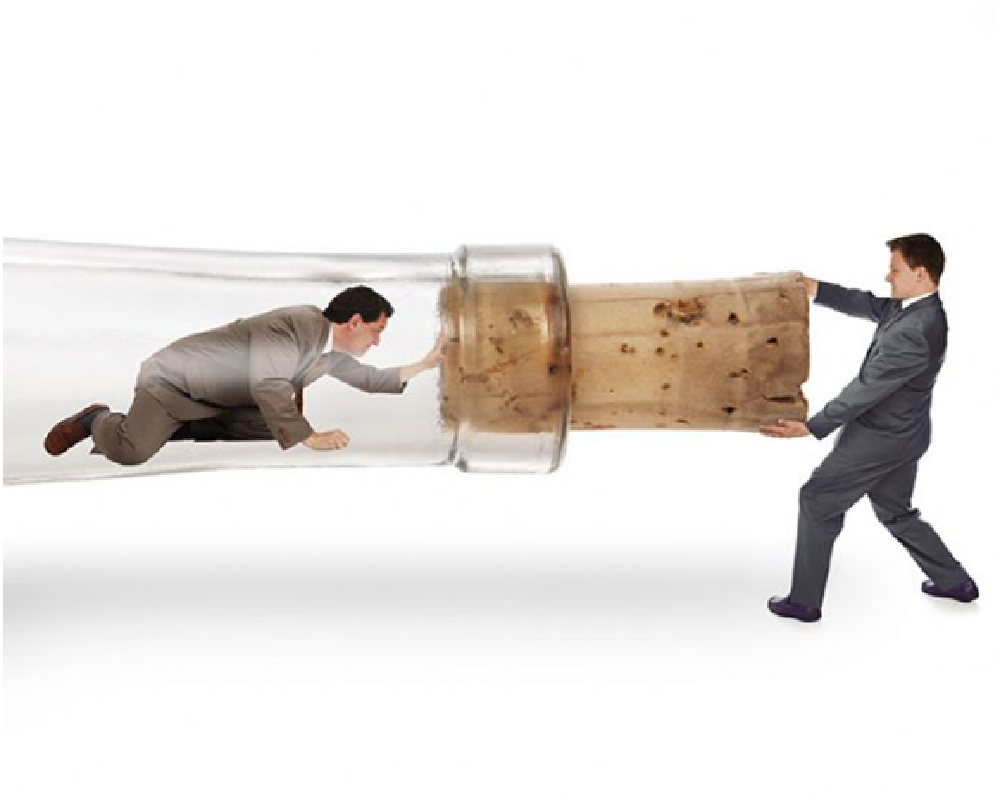In the competitive world of manufacturing, staying ahead of one’s rivals often comes down to finding new, more efficient ways of working. Designing superior goods and competing on the level of product innovation is important, but in an industry where the overheads are huge, and the difference between profit and loss is often a matter of margins, reducing waste and streamlining operations is just as important.
This is one of the reasons why reducing bottlenecks and cutting out inefficiencies is such an important part of production planning in the modern factory.
Bottlenecks occur when capacity limitations at one point in the production line nullify timely production quotas in other parts of the production line by introducing a blockage. A variety of factors can cause a bottleneck, from problems with staffing to issues with supply, but many bottlenecks simply come down to production errors.
If a production line is found to have been producing faulty parts, this doesn’t just mean that all the flawed parts need to be disposed of; it also means that any other part of the production line relying on those parts has to pause until the error has been found and the correct parts are being produced again.
If the error was caused by a machine breakdown, this can put the entire production line down for hours and even days. The costs in terms of idle manpower and lost productivity can be astronomical.
For this reason, the two most common strategies for reducing bottlenecks revolve around improving quality control and reducing the number of equipment breakdowns. In both cases, state-of-the-art coordinate measuring machines (CMMs) are playing an important role in helping manufacturing companies reduce the instance of bottlenecks.
CMMs are designed to provide accurate, detailed metrological information, and in factories where they are part of the production model they often play a variety of different roles (you can click here to see some of the ways CMMs are driving innovation across a range of different industries). But they are particularly valuable for their ability to catch small errors in part production and monitor the overall health of a production line.
Equipped with the latest software, CMMs can be programmed to keep track of the way small fluctuations in quality (often on the level of the micron)can be used to analyse wear and tear on machines upstream in the production process. This allows CMMs to operate as front-line preventive maintenance machines that can let manufacturers know when a breakdown is about to occur so that repairs can be undertaken before the problem gets out of hand.
As automation brings more manufacturing projects back to North America, competition between firms is only going to become more intense. There is no question, at this point, that the factory of the future will live or die on its ability to reduce waste and provide constant, seamless production.
Naturally, this means cutting out bottlenecks — but it also means adopting the latest software and tech that can help manufacturers improve their products, and their production processes.



































 Online casino
Online casino
